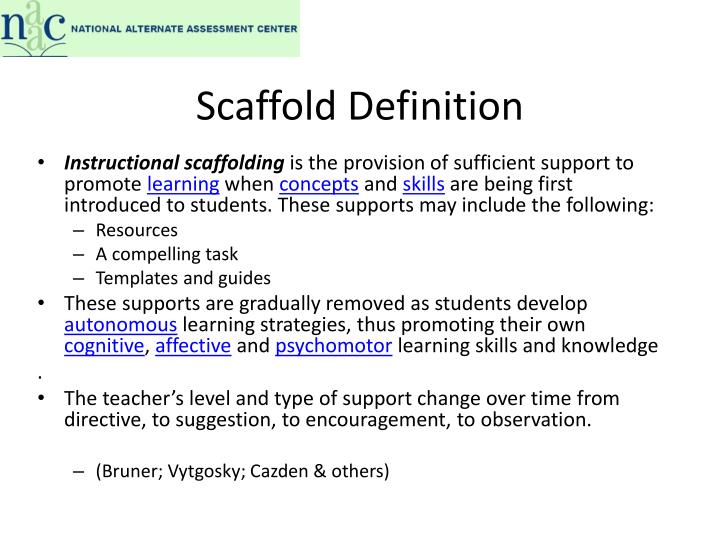

He’s not ready for the level 7 books that most of his peers will be taught from.” Equity is not about lowering expectations. When assessment data indicates the level at which a student is reading, here’s what that data does not mean: “Daniel is reading at level 4, so I’ll send him to a group where all literacy instruction is in level 4 texts. And to talk about equity in literacy instruction in particular, one topic we need to address is reading levels. More than ever, we owe it to our students to do the hard work of fighting for equity in all that we do. Now, we are entering an overdue era of increased awareness about another serious challenge to equal educational outcomes: systemic racism.

Now, they are having what looks to be quite a summer.ĬOVID-19 introduced some serious challenges to equal educational access and opportunity. Scaffolding must be pitched in such a way that it provides a level of challenge to your students, not in a way that limits discovery or opportunities for students to solve problems for themselves.Our students already had quite a spring. To those teachers I would say that if you feel that this is what you are doing, then you are not scaffolding correctly. Secondly, I’ve heard teachers say that scaffolding means you’re “giving the students the answers”. Make sure that you plan carefully when to remove the support. Leaving the supports in place for too long will mean that learners become reliant on them, which can hinder their progress, especially in exams. I usually find that these three methods do the trick when it comes to getting scaffolding right - but there are also some pitfalls to watch out for.įirstly, remember that scaffolding is only effective if it is systematically removed as learning is consolidated. Talking through the steps required for tasks and vocalising example phrases that you might use in your own writing shows students that a good response does not come automatically to anyone, but that it takes careful thought and planning - even for a teacher. Talking through your own thought processes as you complete a task is one of the most effective ways to demonstrate to students how you apply logic and prior learning to the crafting of a response. I find that this type of scaffolding is not only useful when introducing students to a new task, but also brilliant for revision.

A checklist provides a visual prompt and gives students an idea of how many steps they need to take to be successful, as well as the order in which they should take them. Giving students a checklist of criteria to meet when answering a question or completing a task is a really simple way of scaffolding. If you can also share the success criteria for the task (in the form of a mark scheme, for example), this will be even more powerful.
#TO SCAFFOLD MEANING IN EDUCATION HOW TO#
By demonstrating how to answer a question or complete a particular piece of work prior to students attempting it for themselves, you make your requirements more explicit for every member of the class. Simply showing them what a good response should look like can be enormously helpful. Modelling outcomesįor some students, it can be a real challenge to conceptualise the expected outcome of a task. Scaffolding reduces students’ cognitive load, allowing them to access and get to grips with unfamiliar tasks in the early stages of learning something new.īut what should effective scaffolding look like? Here are the three approaches that I find most useful. Learning needs to be built up slowly, starting with appropriate supports, which can then be systematically removed. Being able to provide your students with effective scaffolding is essential for their learning the idea of teaching a new topic to a student without putting the correct support in place is equivalent to building a house without foundations.


 0 kommentar(er)
0 kommentar(er)
